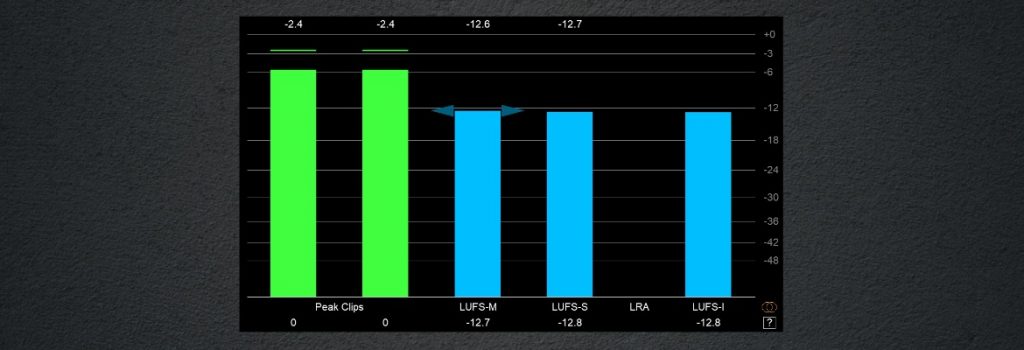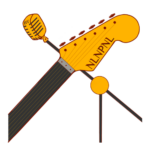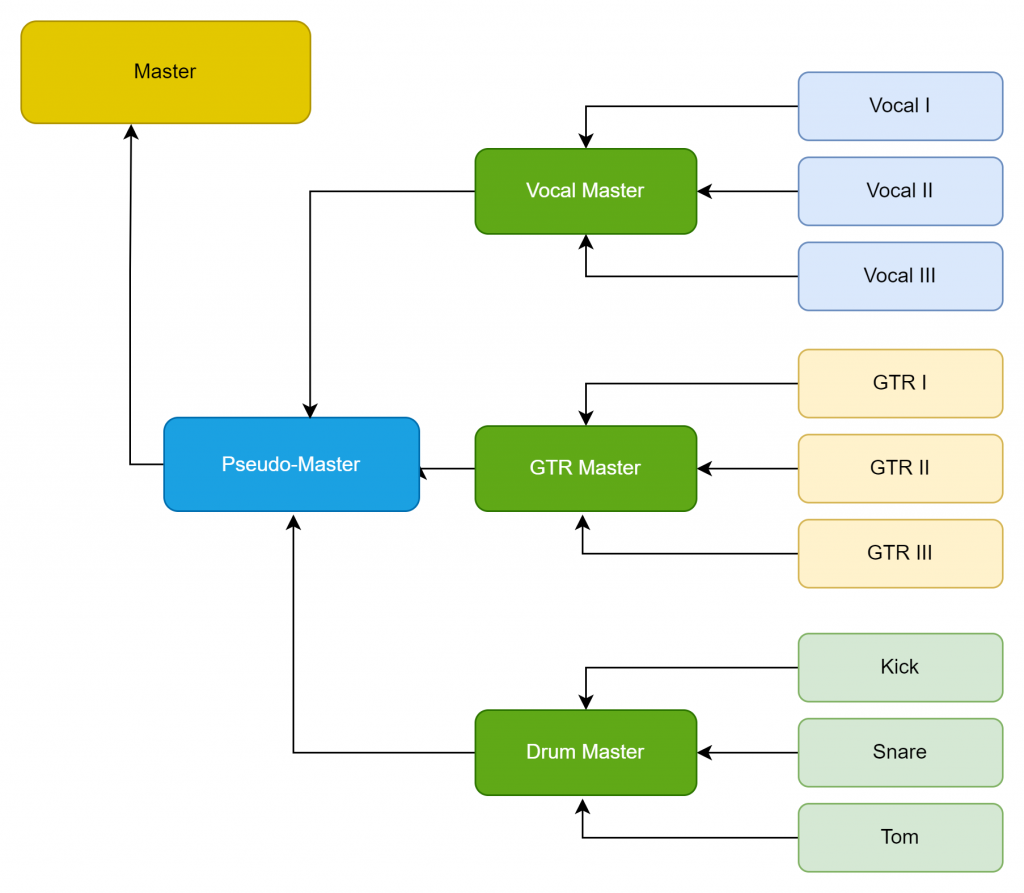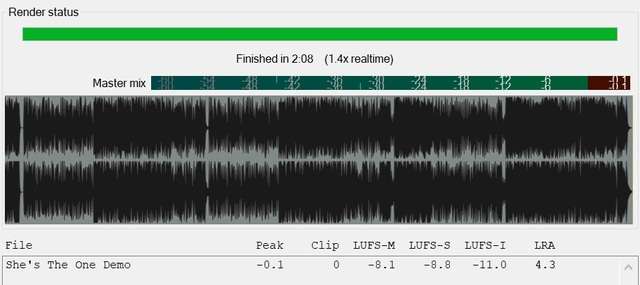Maybe you shouldn't try to hit -14 LUFS with your mixes. Let me explain.
What Is LUFS?
LUFS stands for Loudness Units Full Scale. One loudness unit is equivalent to 1dB, so you can turn a fader down 3dB, nd expect a 3dB reduction in your LUFS level.
Decibels (dB) are a logarithmic scale used to measure many different aspects of audio level.
LUFS are an attempt to measure the average loudness of a piece of music, over a period of time. In short, LUFS tells you how loud your songs sound. There are various LUFS scales, with LUFS-I measuring the loudness of your whole song.
LUFS & Dynamic Range
LUFS measures the average level -- not the peaks and valleys in loudness. So you could have a song that vary wildly in volume, and a song that remains consistent volume-wise, that have the same LUFS value.
Spotify & -14 LUFS
Spotify has famously said that they play back music at -14 LUFS. A lot of people have taken this to mean that they should mix to a target of -14 LUFS to send to Spotify. Nope. -14 LUFS is not bad, but you don't need to hit that target.
What you do need to do is control your dynamic range. But we'll get into that in a little bit. First, about your mixes that come in hotter that -14.
Spotify Will Just Turn Your Hot Mixes Down
If you send two mixes to Spotify -- one mix is -10 LUFS, and another -14 LUFS, and otherwise they're exactly the same mix, they will sound the same on Spotify.
Why?
Spotify will turn down the louder mix by 4dB, and now it's the same as the other mix. It's a non-destructive process. It's not limiting. It's not compression. It's just a volume change.
New Info Direct from Spotify: "If your master’s louder than -14dB integrated LUFS, make sure it stays below -2dB TP (True Peak) to avoid extra distortion. This is because louder tracks are more susceptible to extra distortion in the transcoding process."
I commonly see people on audio forums that are afraid of this. They say, "Don't let Spotify turn your music down!" Well, why not? It's going to be just as loud as the neighboring songs, either way.
Go ahead. Send Spotify and Apple Music your hot mixes, as long as they're not hitting over 0dBFS (dBFS is a measure of absolute, momentary level. Above 0dBFS, you can get ugly distortion).
Also, my understanding is that the -14 spec only applies to the Spotify app. On desktop they will stay with what you send them. If you send -14 LUFs, you'll be pretty quiet!
Spotify Will Try To Turn Your Quiet Mixes Up -- But . . .
If you don't have your dynamic range under control, Spotify and other services may run into problems when they try to match your levels with other songs. They may be forced to limit, compress, or keep your tunes at a lower volume.
So, if you don't want Spotify messing with your mix, get your dynamics under control.
What LUFS Value Should You Shoot For When Mixing?
First and foremost, you don't need a LUFS target when you're mixing. What you're looking for is a controlled dynamic range that sounds punchy and powerful, without being so compressed that it sounds squishy and lifeless. The LUFS can be easily manipulated at the last stage of mastering, if your dynamic range is under control.
How wide your dynamic range needs to be varies by genre, song, and taste. My best advice is to look at the dynamic range on some high-quality, finished mixes in your genre and tempo, and use that as a ballpark figure.
What About Mastering An Album, CD, Or Other Multi-Song Release?
When you're putting together a multi-song release, you want the songs to flow together naturally. Part of that is matching volumes. A LUFS meter or LUFS statistics on your render might be useful in that regard. Mostly, I judge by ear.
LUFS & Dynamic Range
LUFS measures the average level -- not the peaks and valleys in loudness. So you could have a song that vary wildly in volume, and a song that remains consistent volume-wise, that have the same LUFS value.

JS Loudness Meter is a REAPER-only metering plugin.
What LUFS Value Should You Shoot For When Mixing?
First and foremost, you don't need a LUFS target when you're mixing. What you're looking for is a controlled dynamic range that sounds punchy and powerful, without being so compressed that it sounds squishy. The LUFS can be easily manipulated at the last stage of mastering, if your dynamic range is under control.
How wide your dynamic range needs to be varies by genre, song, and taste. My best advice is to look at the dynamic range on some high-quality, finished mixes in your genre and tempo, and use that as a ballpark figure.
I use TT Dynamic Range Meter to help me judge dynamic range.
Put high-quality version of our favorite mixes though it, and see where to two bars in the middle sit.
How Do You Get Your Dynamic Range Under Control?
You can use small amounts of compression in multiple stages.
- Compress some of your individual instruments.
- Add your instruments to a bus (a guitar bus for all the guitars, and drum buss for all the drum channels, etc.). Compress your buses.
- Compress the whole mix (I usually do that on a pseudo-master).
- Add a limiter (an extreme form of compression) as the final processor in the signal flow.
If you're sending you songs to a mastering engineer, go easy on the end stages of compression. Don't compress your master mix, and don't limit it. Leave those decisions to your mastering engineer.
If you're mastering yourself . . .
What About Mastering An Album, CD, Or Other Multi-Song Release?
When you're putting together a multi-song release, you want the songs to flow together naturally. Part of that is matching volumes. A LUFS meter or statistics on your render might be useful in that regard. Mostly, I judge by ear.
Resources
TT Dynamic Range Plugin: A useful plugin for measuring dynamic range.
REAPER JS Plugins: Specific to REAPER, the REAPER Stash is where you can find themes, plugins, effects, meters and more, written in the JS language. The Reaper Blog has a great tutorial on how to install these REAPER-only plugins. Includes the JS Loudness Meter.
Enjoy
Keith



